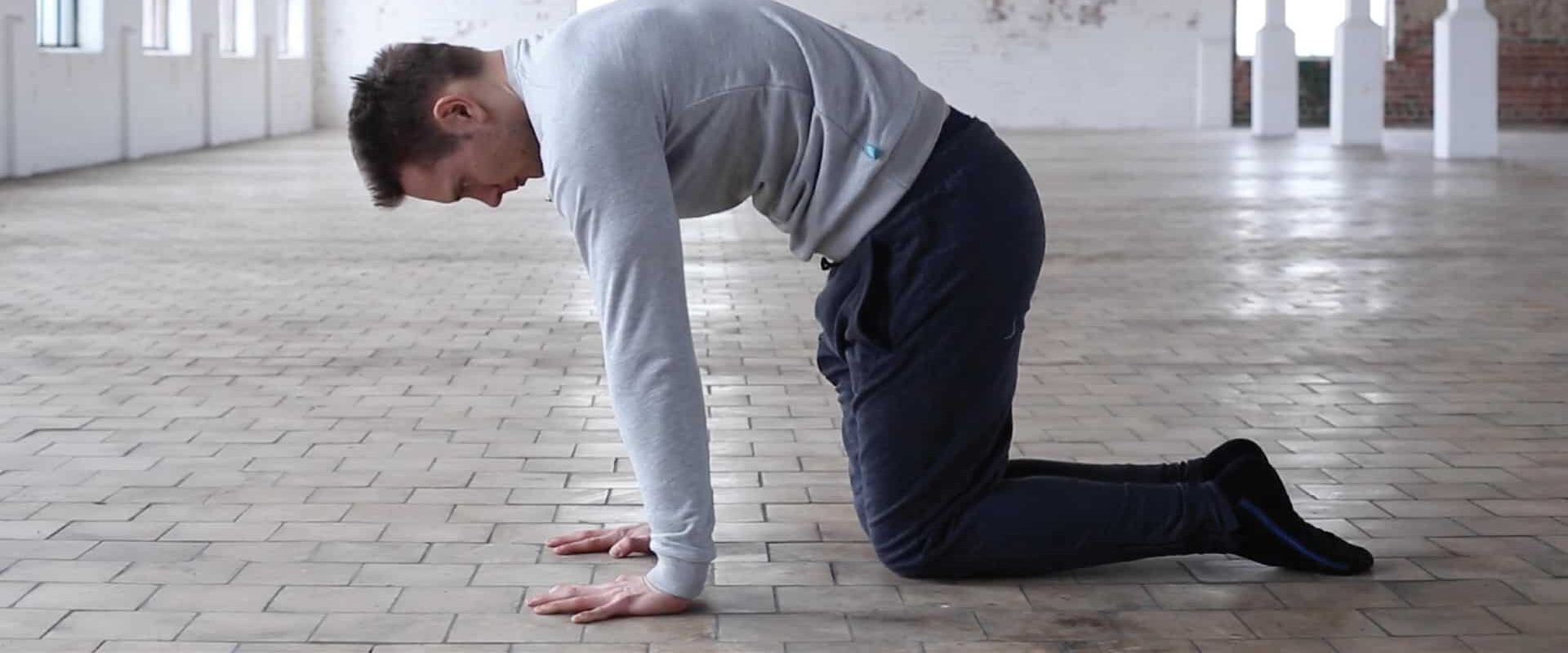If you think about training generally, we have minimal effective dosage: the least volume you have to do to make progress over time. We also have the optimal amount of training volume: the optimal number of reps, sets, and duration to build strength/endurance/etc. Lastly, we have the idea of maximal recoverable volume: the amount you can train and recover fully before your next training session.
There can be quite a big gap between optimal volume and the maximal recoverable volume. But once you exceed the latter, you can get trapped in a vicious cycle plateauing your growth. Your body could be recovering just enough to train the next session, but not adapting and improving because all your energy just goes into recovering from the previous workouts.
A lot of people hit this line with handstands. Nothing is getting better for quite some time, or you haven’t added reps but can still do 5 or 10 reps of a skill. That’s when you have to start asking if you’re doing too much.
Progress can be slow obviously because it’s a complex skill, but is it too much? As handbalancers, in most handstands we take nearly every set to failure. How do we stop our sets? Usually because we fell out, not because we reached a predetermined time. This is because unlike something like jogging, handstands rely much more on skill; you might fall off your balance point and not compensate quick enough.
I recommend learning to terminate your sets early before reaching that point, making that choice. I’ve done 75% of what I intended to do…you can generally stop the set there. Say you wanted 60s: you’ve hit 45s or 52s and feel your technique is starting to break down, you can choose to come out of the balance. Not taking everything to total technical or muscular failure is a way to control intensity and total volume.
There is also the difference between skill and conditioning work. For beginners this kind of overlaps, but as you get intermediate and begin working on shapes and other stuff, you have to be very clear with your intention. Say you’re working straddle-to-tuck, or tuck-to-straight. Make the transitions and shapes as nice as possible, no fighting. This means do not make the set challenging with too many transitions, avoid maximal holds, and come down intentionally. When you’re learning something new, things will be messy. But we want the challenge to be in the coordination for skill work, not in the physicality of the set.
Choosing to end sets before reaching that line of technical/physical exhaustion will be great for energy management. And conserving this energy, managing the intensity of your sets, and your total training volume while getting quality sets in helps you avoid surpassing your maximal recoverable volume during your training sessions, and break through that plateau caused by doing too much.
– Emmet
If you find it hard to manage your training volume, our online programs all come with training templates prescribing reps and sets based on our years of experience teaching a variety of handbalancing skills. We have a good feel for the minimum effective dose and optimum training volume for most people, and give nuanced advice on how to tweak the programming to fit your unique body and situation.
If you find it hard to manage your training volume, our online programs all come with training templates prescribing reps and sets based on our years of experience teaching a variety of handbalancing skills. We have a good feel for the minimum effective dose and optimum training volume for most people, and give nuanced advice on how to tweak the programming to fit your unique body and situation.

